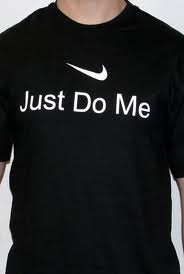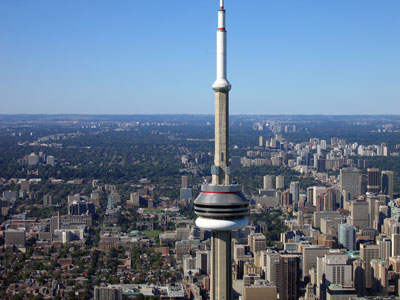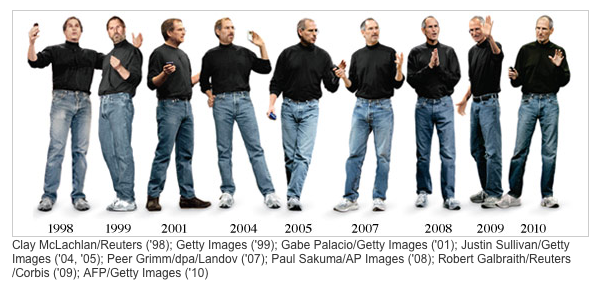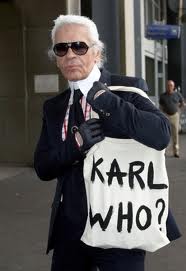In 1955 or so, in the shadow of Bangkok’s Hualampong Railway Station on the edge of Chinatown, a nondescript temple called Wat Traimit had almost completed their renovations. One of the remaining tasks was to move a stucco Buddha from the yard into the newly enlarged building.
The Buddha had been too big for the old temple so it sat in the yard under a humble tin roof, ever since its arrival from another temple in the 1930s.
Now it had a proper home.
Accordingly, an engineer was contracted to calculate the weight of the Buddha and a crane hired.
A generous safety margin was added to the estimated weight.
But when the crane operator hoisted the Buddha a few feet into the air, the cable snapped.
Since it was rainy season, the Buddha fell into the heavy mud below.
It cracked in several places.
This was seen as a bad omen.
Next a tumultuous storm started.
It drenched the city all night long.
This was seen as an even worse omen.
The following morning the Abbot squelched through the mud to evaluate the situation.
Where the stucco had cracked, the rain had eroded it, making the cracks bigger.
And through one of them the Abbot could see something glistening, something that looked like gold.
Encased inside the stucco was a second Buddha.
It was 3 metres tall.
It weighed 5.5 tonnes.
It was solid gold.
Today, just the bullion value would be around $300 million and the total value, somewhere north of priceless.
Buddhism doesn’t really endorse miracles.
But the Abbot may perhaps have been forgiven if he thought he was witnessing one.
The most probable explanation for this extraordinary discovery is, perhaps sadly, a little more prosaic.
The Buddha made been sculpted during the Sukhothai period of the 13th century.
At some point, probably in the 15th century the Buddha had been camouflaged to outsmart a marauding Burmese army who were laying siege to its home city of Ayutthaya.
As we know, the Buddha survived, but over the centuries the Buddha’s provenance was forgotten.
For centuries the Buddha was thought to have little value.
For centuries people had venerated the Buddha without understanding its true nature.
Without suspecting what lay beneath the dull surface.
Without an inkling of the priceless artefact, sitting under a humble tin roof in the temple yard, for 25 odd years.
If you’re unsure what this has to do with advertising, you must read between the lines Grasshopper.















